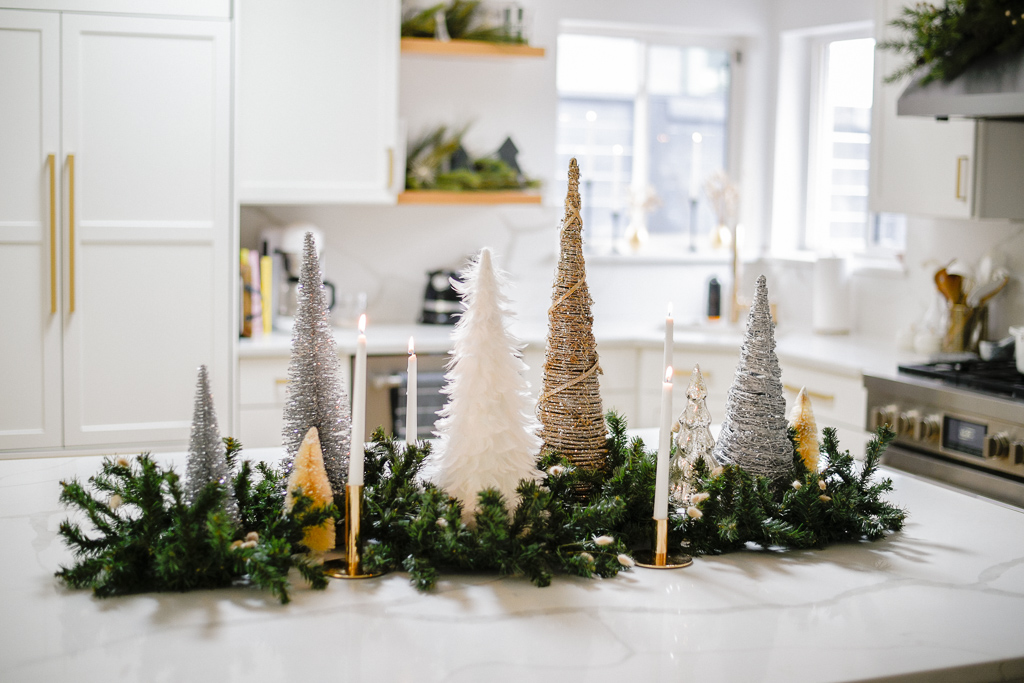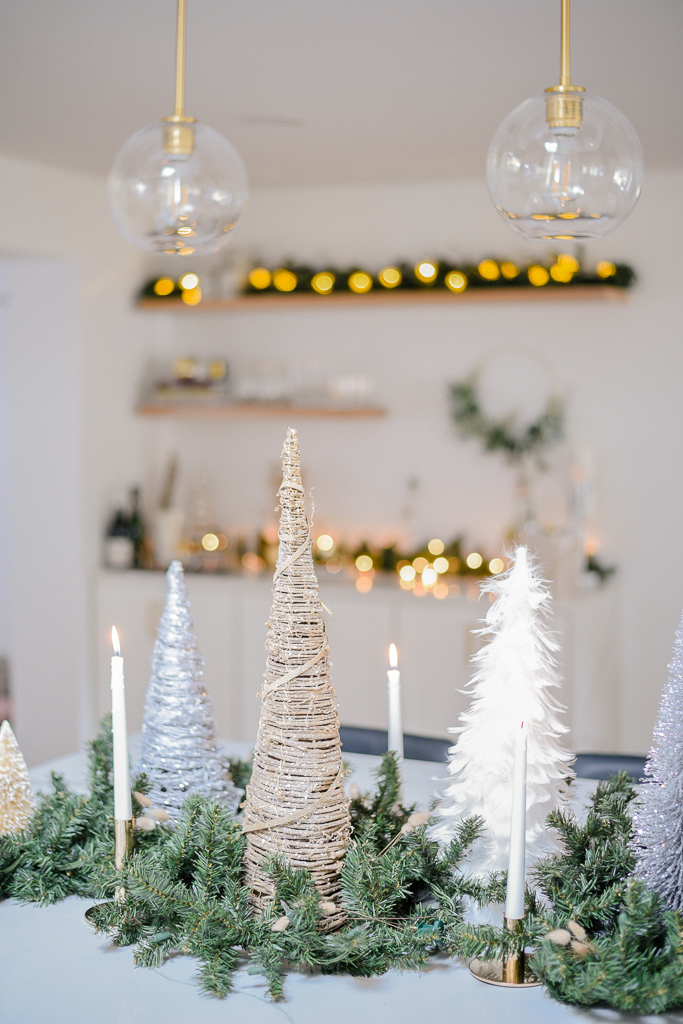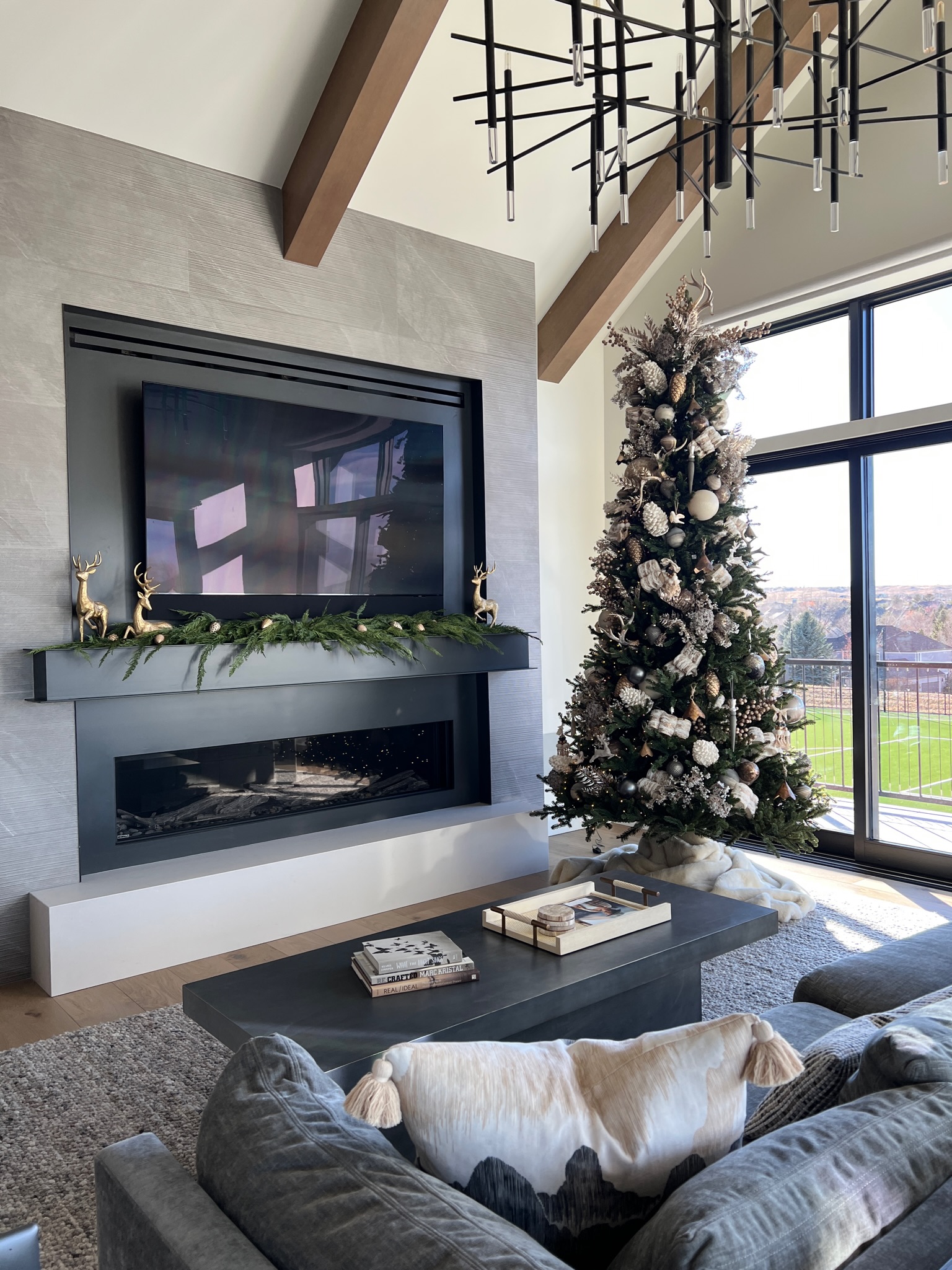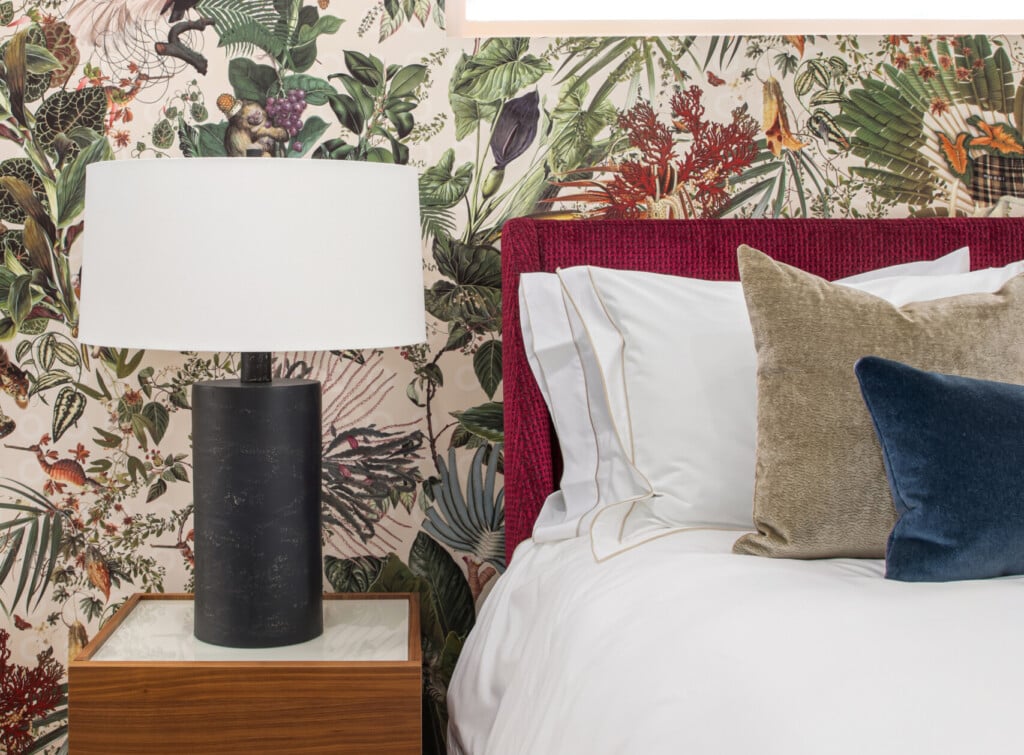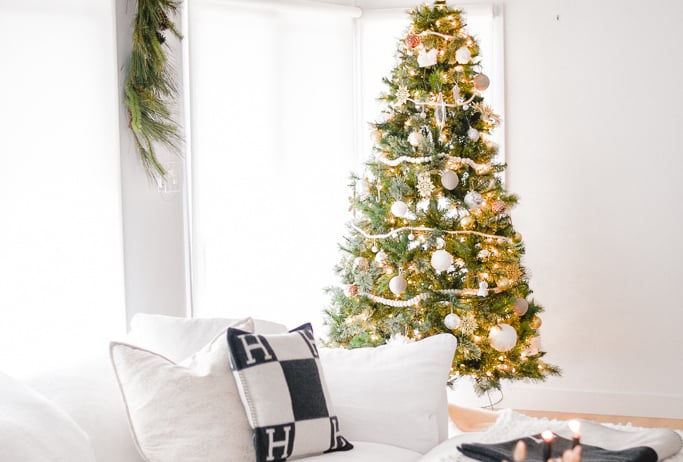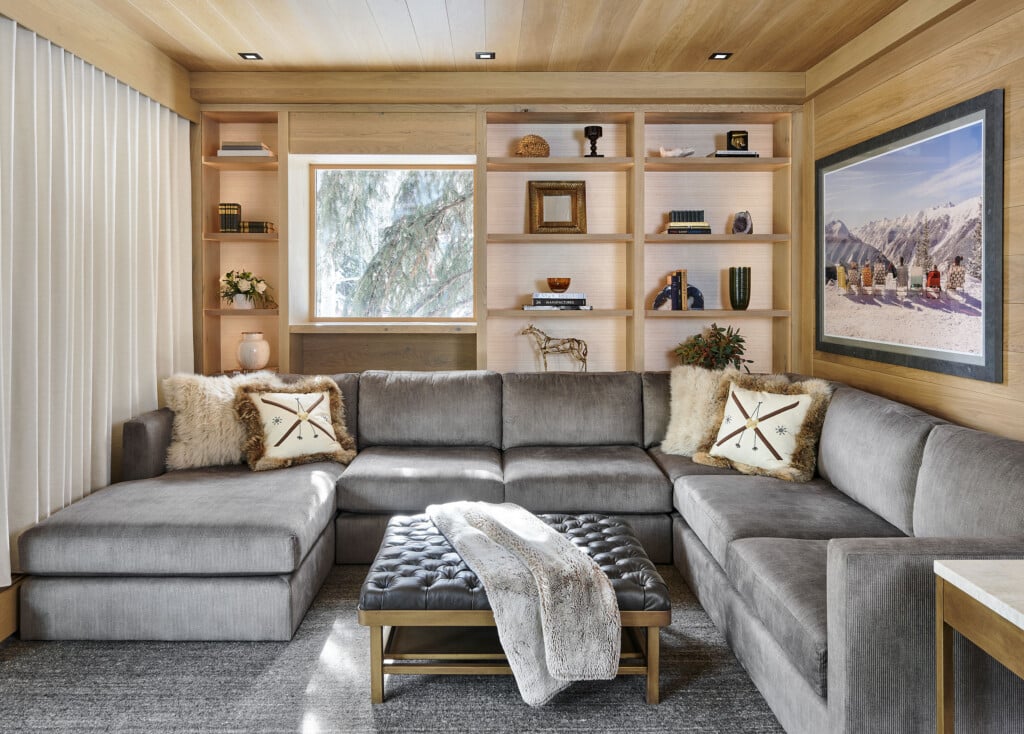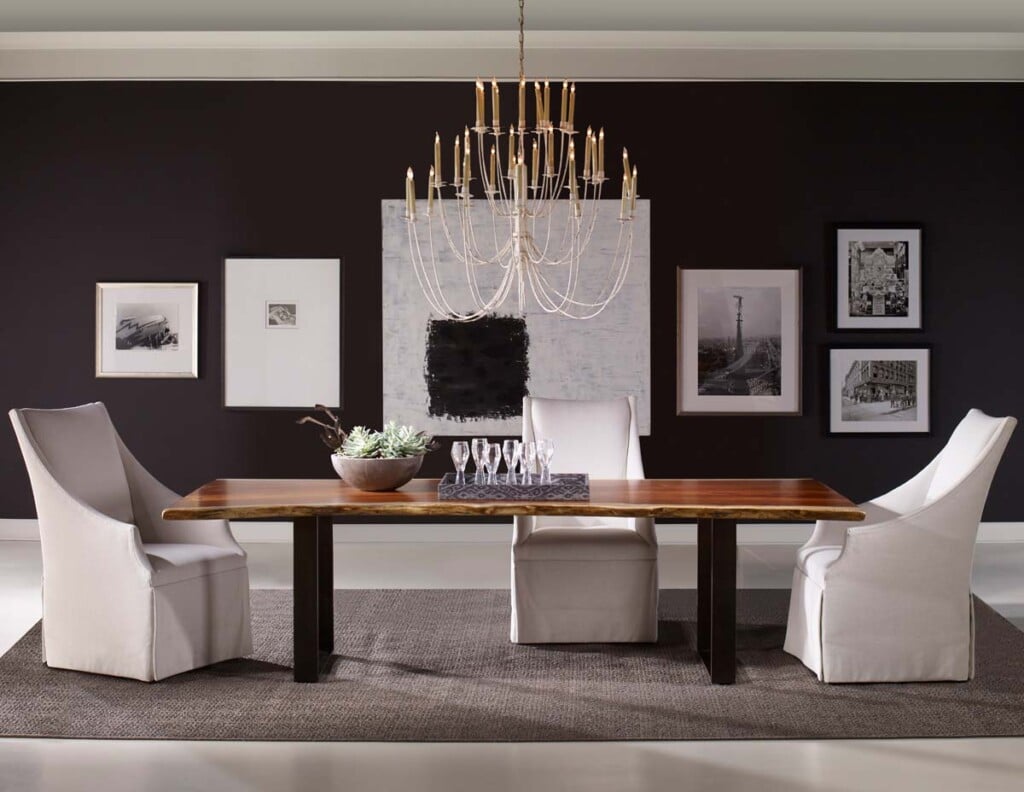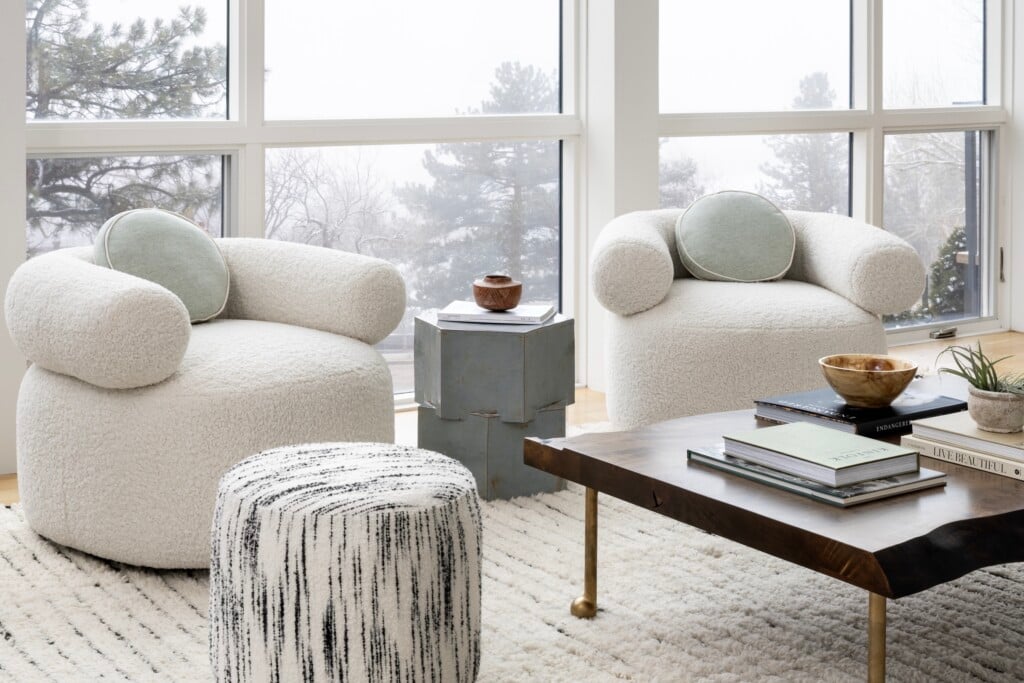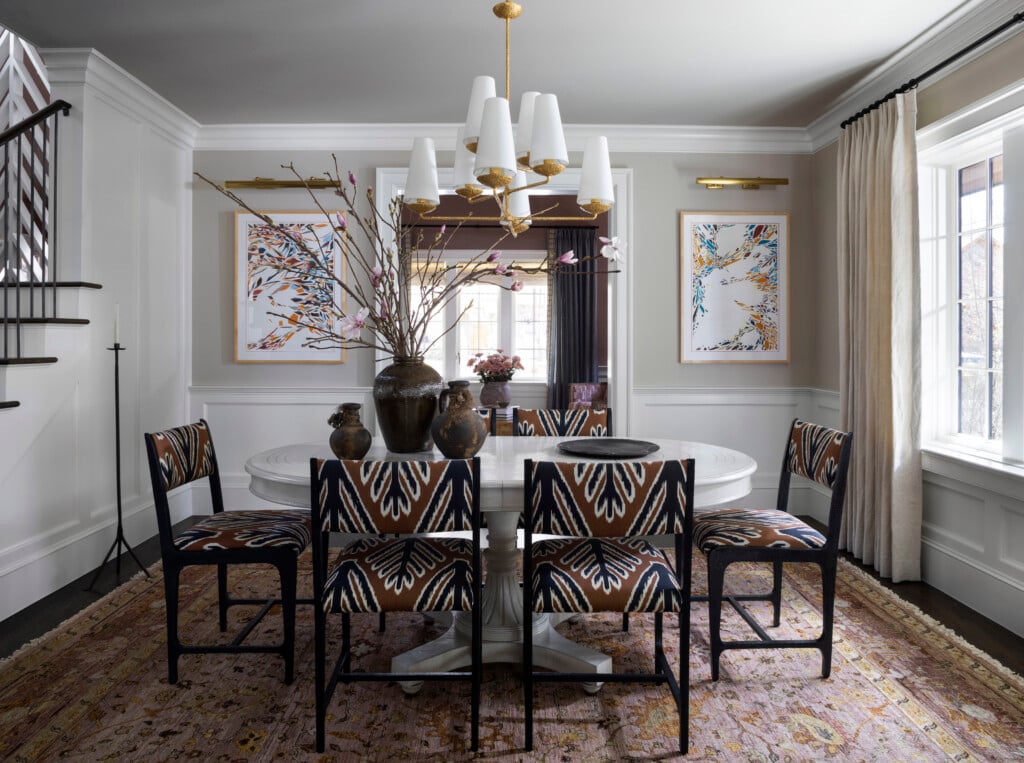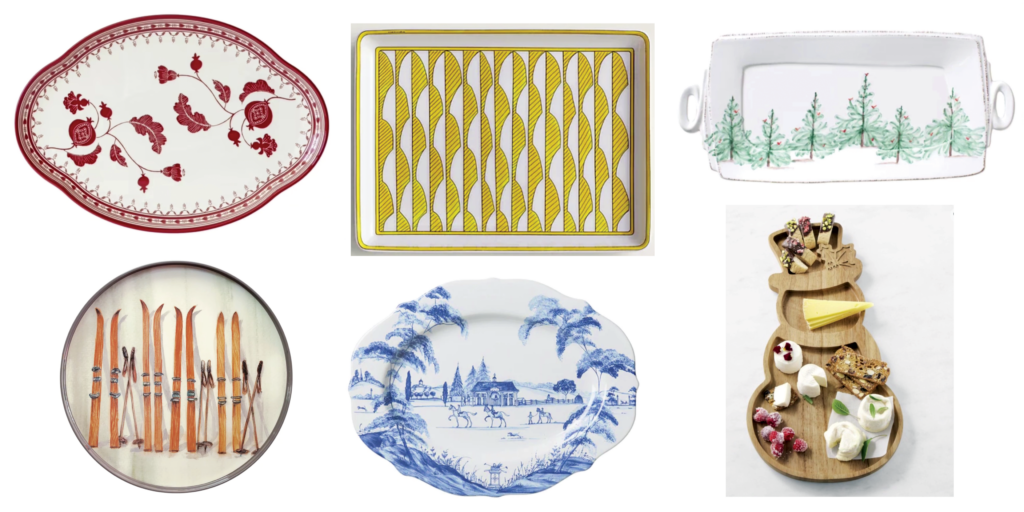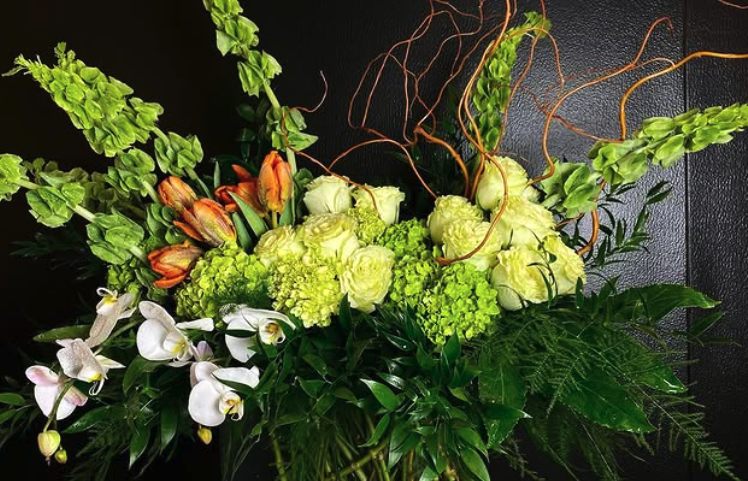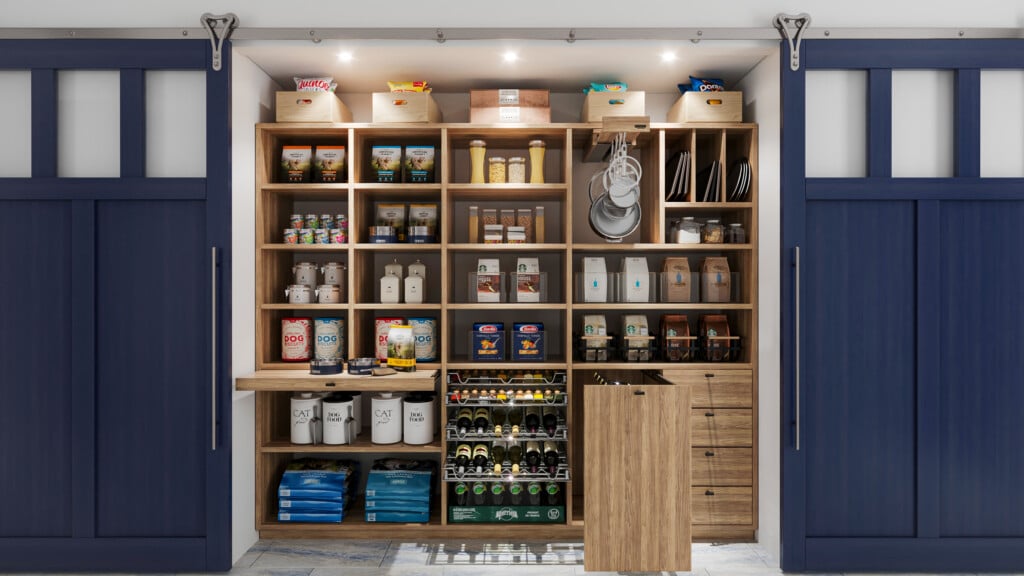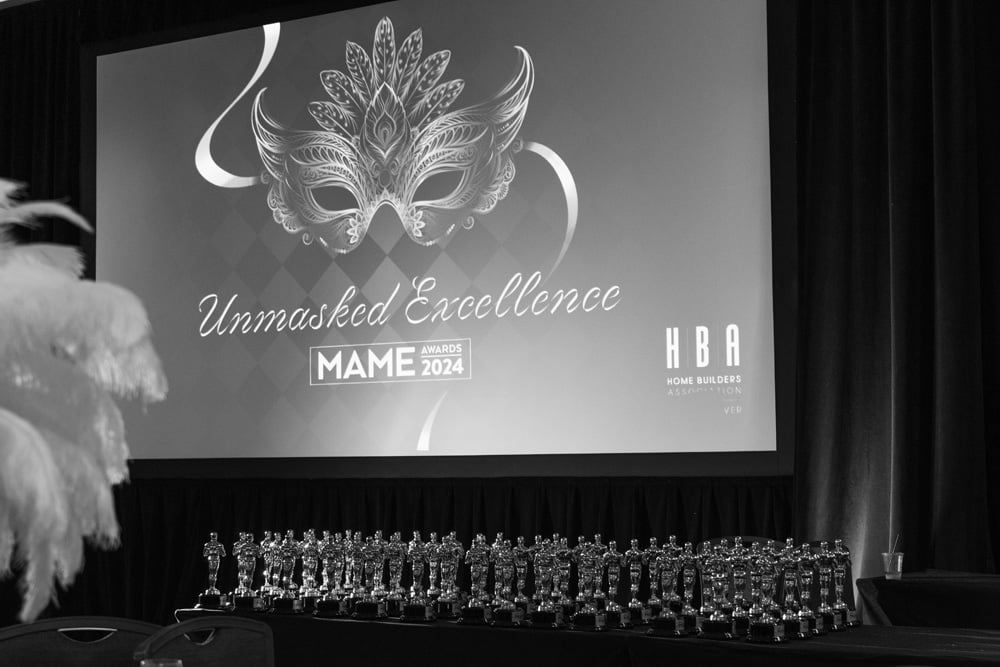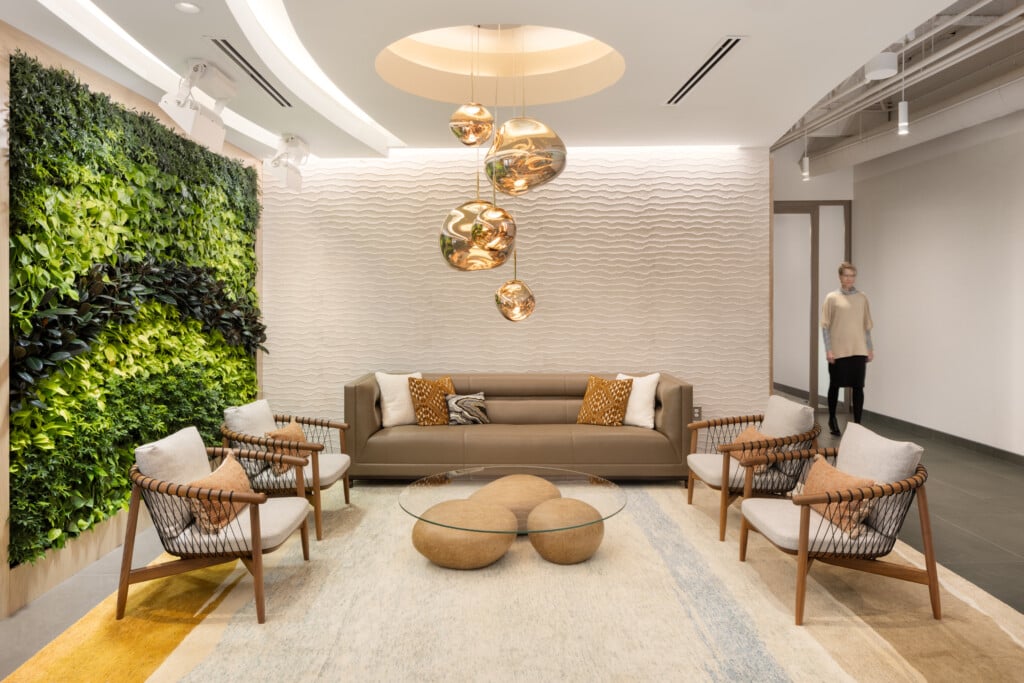The Art of Festive Floral Decor
Faux greenery extends holiday festivities
Wreaths decorating front doors, garlands circling banisters and trees glowing in the night—the holidays invite everyone to get glitzy. This may be the one time of year people look forward to unpacking boxes, since every bundle of tissue paper yields a glittery ornament or colorful nutcracker. All those rediscovered trinkets need a backdrop such as a Christmas tree or leafy garland. Which inevitably brings up the question: real or artificial?
Whatever homeowners prefer, suggests Miranda Cullen, founder and principal of Inside Stories design studio. “Do they want something that smells nice? Do they need it to last year after year?” she asks. “A majority of the holiday decoration we do includes both.” Some merry-makers prefer permanent botanicals for practical reasons. According to Natasha Huralska, creative director of Beck’s Silk Plant Company, “Silk is not going to smell, shed or dry.”
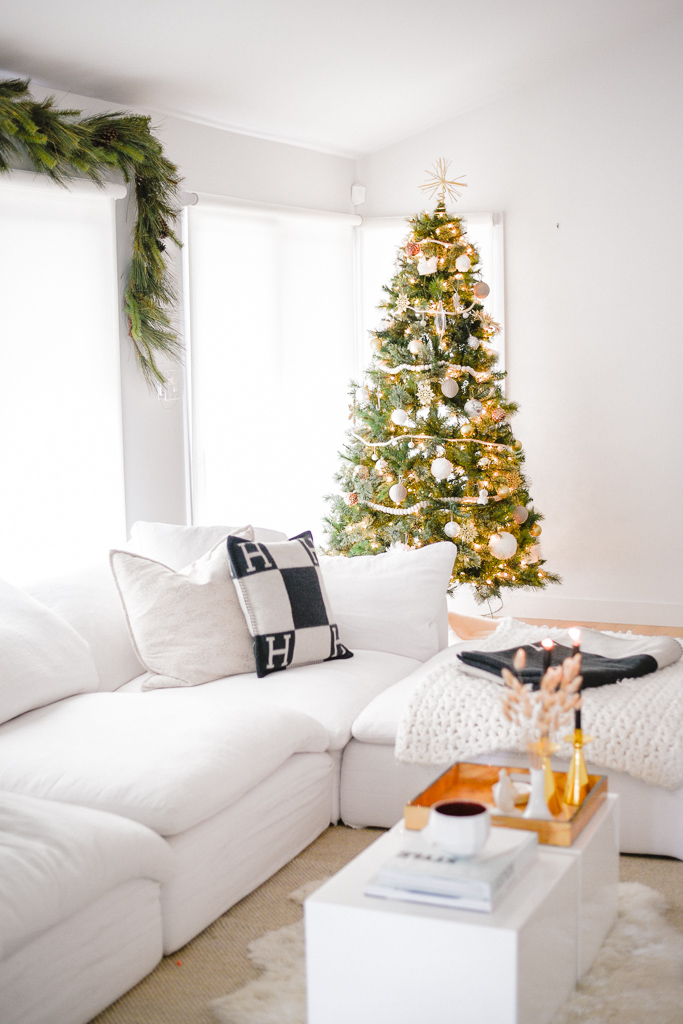
For this modern home, designer Miranda Cullen of Inside Stories combined silk greenery from Beck’s with metallic accents. “We love mixing greens with the miniature trees on the island … it’s a little bit of fun,” she says. The Christmas tree also incorporates silver and gold ornaments, alongside a lot of white to complement the home’s decor. Photo: Courtesy Inside Stories
And today’s silk plants look better than ever. First-rate silk foliage is difficult to distinguish from live plants. Huralska advises customers to invest in premium quality. “We carry high-end designer products, nothing you’d find in a regular retail store … incomparable silk flowers,” she stresses. But what about the scent of pine? Interior designer Cullen offers ideas for all holiday homeowners: either add natural elements or light scented candles. “There’s always fresh pine,” she notes, “and fresh garlands or wreaths give you a very earthy scent.” On the other hand, “Candles provide a holiday scent—cinnamon, apple or one that smells like baking and vanilla yumminess.”
Nikki Holt, design studio director at Kimberly Timmons Interiors, agrees. “A lot of the time candles can add the holiday scent; people love scented candles,” she says. Holt and Cullen are also in the same stocking when it comes to the primary benefit of silk: longevity. “Our clientele prefers the ease and longevity of faux,” Holt states. Cullen concurs: “Longevity is the issue … with silk, we just come back and put it all up again—dress up the banister and freshen things up.”
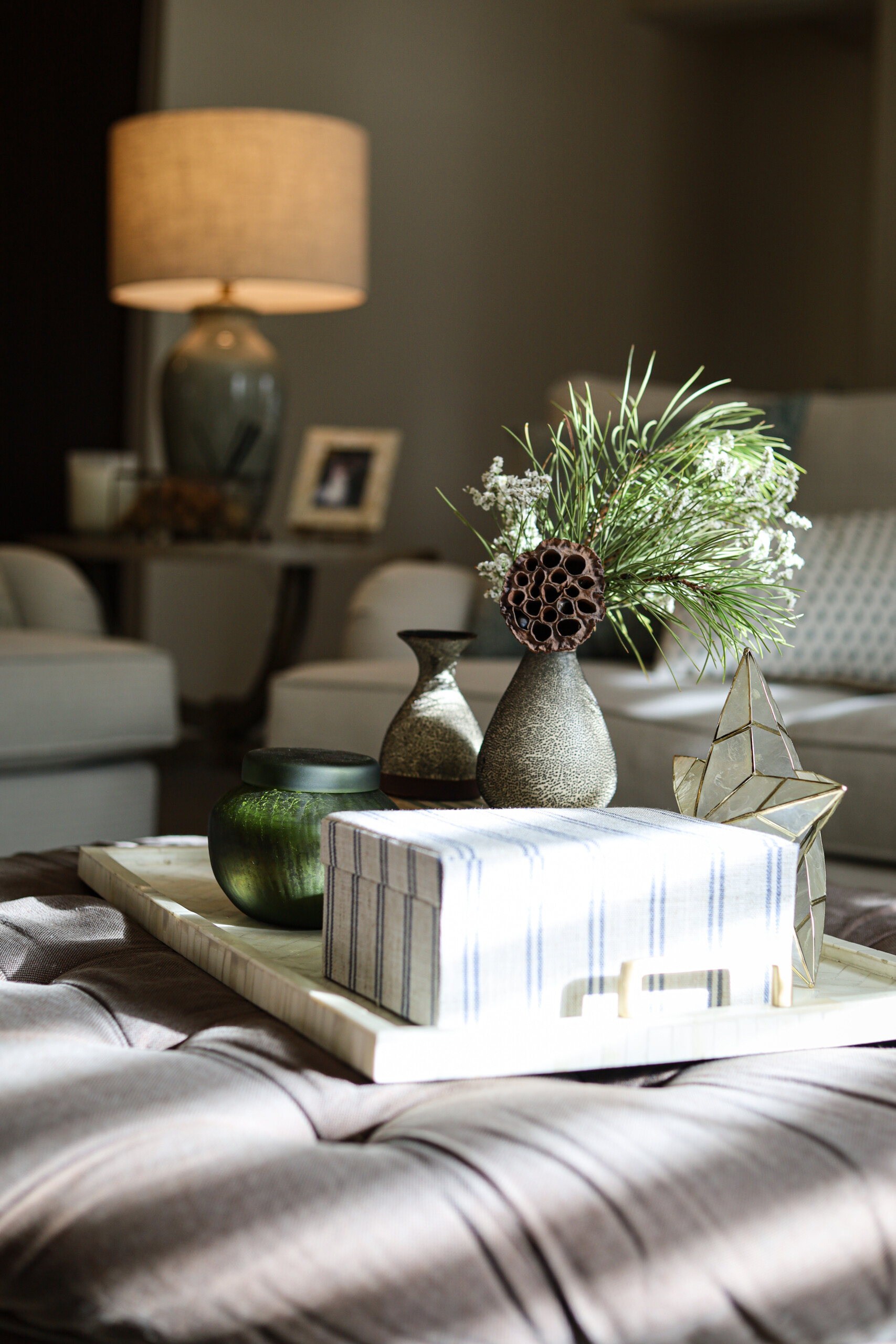
Cullen used existing accessories to create holiday vignettes. She added a sprig of greens and a lotus pod to a vase on the coffee table. | Photo: Courtesy of Inside Stories
Beck’s Huralska echoes the designers. However, she has a caveat: “Proper storage is key.” She advises, “Wrap everything in tissue paper; otherwise, you’ll break branches, lights or ornaments … and Christmas trees go in Christmas tree bags!” Color presents another holiday décor debate. Classicists love red and green, while modernists prefer neutrals. Ever the peacemaker, Cullen embraces it all, “whether we Christmas it out with the reds or stay with neutrals.”
She likes green too: “Pops of green give a holiday aesthetic and an earthy touch.” Everyone we interviewed suggests using silk foliage as a base, then adding color and embellishments. “For our clients, that’s one of the benefits of silk,” Huralska says. “They buy a wreath when their kids are young and make it playful; now they’re empty-nesters and they want a more serious design—we can use the wreath and remake parts of it.” Ditto for Cullen, who relies on Beck’s for inventory. “You can really add or subtract anything you like: One year you want more red, and the next year you want to add a little teal.”
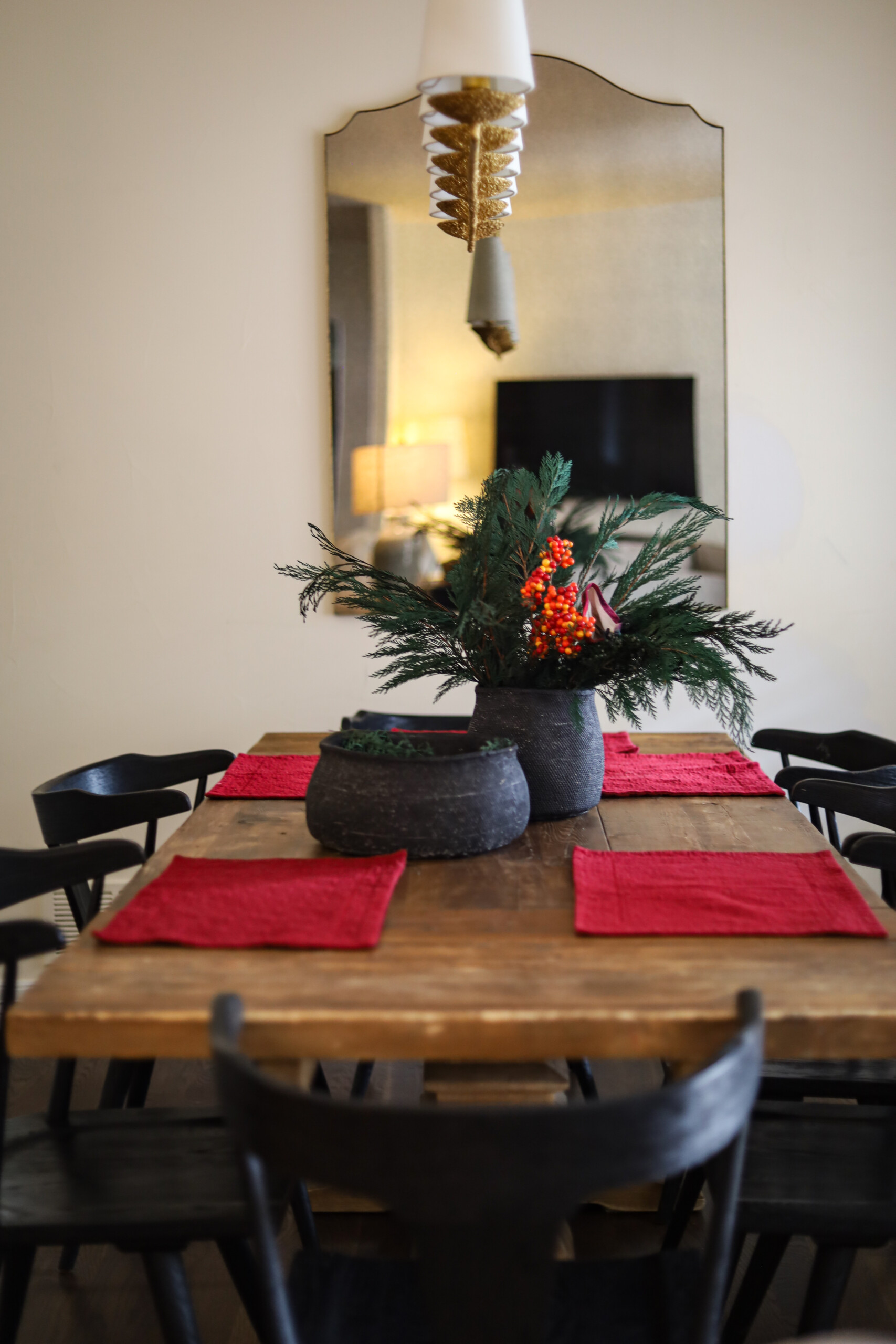
Red placemats add a touch of Christmas color. The dining room’s decorative bowls offer the perfect spot to introduce festive greenery. | Photo: Courtesy of Inside Stories
Tips of the Iceberg: Festive decorating secrets
The designers offer creative pointers to spruce up holiday décor. Their suggestions run from the practical to the artistic. Neutral Nuance Huralska admits going neutral is trending among homeowners, but it can’t be boring beige. Make it interesting: “Go neutral but warm—cream, taupe, faux fur, gray and silver, gunmetal and gold.” Cullen suggests adding texture with “wood trees, branchy twigs, metallic accents and some feathers.”
Colorado Color
Use natural details without going overboard. Holt incorporated little textured antlers in a mod-glam Colorado home. She also found perfect bows for the Christmas tree: “It reads like aspen, and the loops make it look like logs.”
Ornament Clusters
Create full trees by clustering ornaments. Holt chooses small, medium and large ornaments and makes clusters. “Twist them around branches deep within the tree to fill spaces … When you look at a department store tree, the clusters are the hidden secret.”
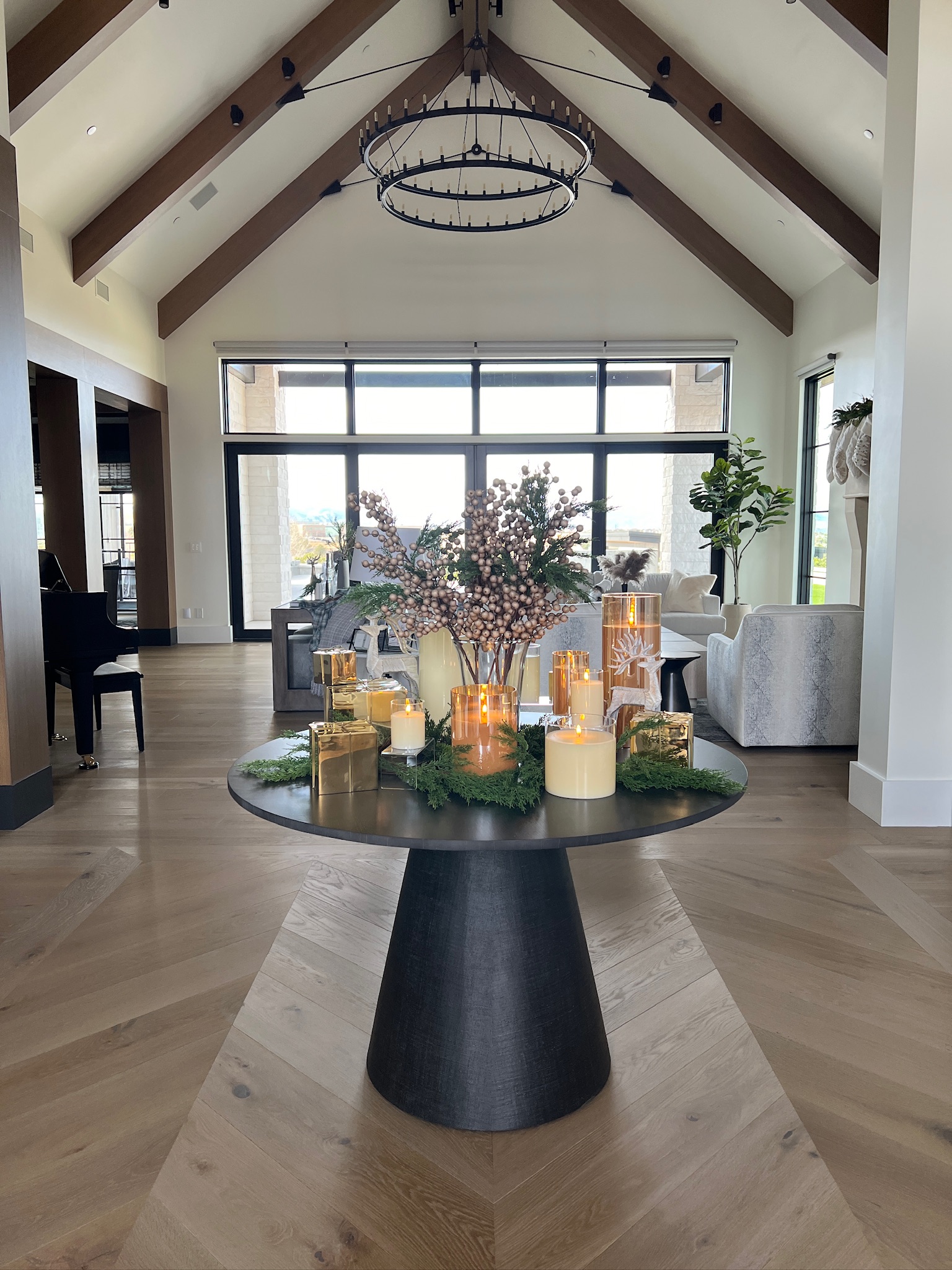
Designer Nikki Holt of Kimberly Timmons Interiors created a multi-layered centerpiece for this foyer. | Photo: Nikki Holt

For a neutral home with natural elements, Holt was inspired by miniature faux antlers she found at Beck’s Silk Plant Company. Organic textures, charcoal trees, a wooden tray and glitzy deer complement the green silk needles nestled in a lovely vessel—the look is upscale Colorado. | Photo: Nikki Holt
Silk Florals: Beck’s Silk Plant Company
Interior Design: Inside Stories, Kimberly Timmons Interiors


